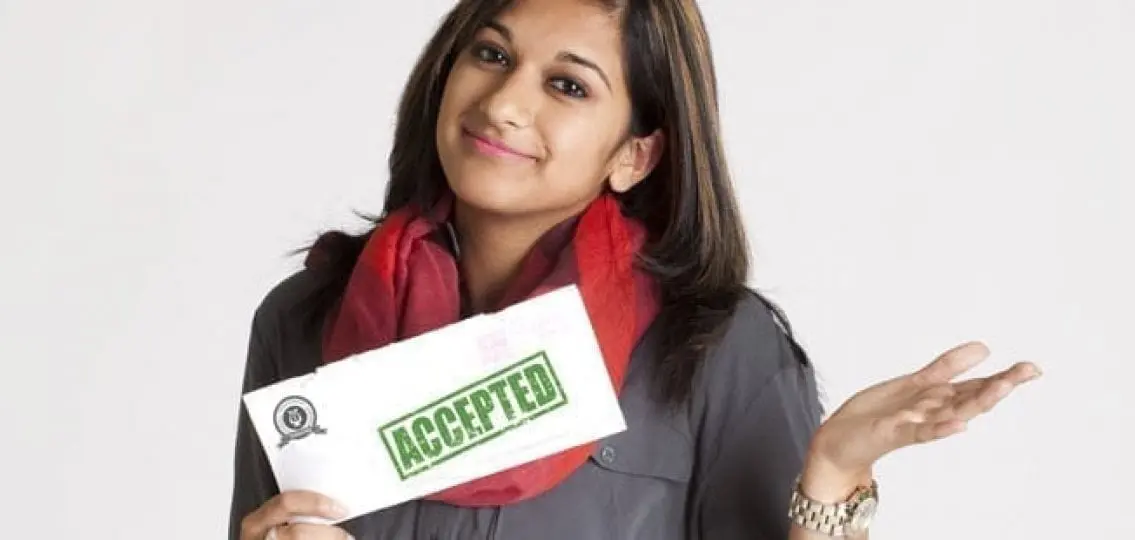Thought you were familiar with the admissions process? As the school year gets underway, high-school juniors and seniors (and their parents) will want to know about these three big changes in college admissions.
Admissions Changes: New College Application Process
1. FAFSA Changes: You can file earlier (and use prior prior year tax data).
The FAFSA (or Free Application for Federal Financial Aid) is what the majority of colleges use to calculate a student’s need-based financial aid award. In year’s past, families filed the FAFSA starting January 1 and often did not receive their official financial aid awards until well after their student had been admitted to an institution. In fact, sometimes students had only a couple weeks between receiving a financial aid award and the May 1 deadline for accepting a college’s admission offer.
Families were also required to use prior year tax data. This meant scrambling to get taxes done months before April 15. Note: A lot of financial aid is given on a first-come, first-serve basis. So the earlier a family files the FAFSA, the better.
WHAT IT MEANS FOR YOUR STUDENT: This is good news. Effective this year, families will be able to file the FAFSA starting October 1. And they will be able to use prior prior year tax data. For the class of 2017, that means financial aid decisions will be based on a family’s 2015 taxes. These are, of course, already done.
Families will also know what their Expected Family Contribution (EFC) will be — this is the dollar amount that FAFSA says you’re able to pay toward your student’s tuition — much earlier in the admissions cycle and, in turn, colleges should be able to provide detailed financial aid awards earlier too. That will give families more time to understand their awards (and appeal them) before signing on the dotted line.
2. There’s a new application option.
A second college admissions is the Coalition for Access & Affordability and more than 50 institutions will start accepting it this fall. It’s an alternative to the Common App, the application now used by about 500 institutions. Most schools accepting the Coalition App will also accept the Common App.
The goal of the Coalition App, which was created by more than 80 private and public universities, is to expand access to the college admissions process to lower-income students who don’t have the same resources as middle- and upper-middle-class students (like college counselors). Think of the Coalition App as a portal where a student can go to get soup-to-nuts guidance on applying for college, while also storing their application materials starting as early as ninth grade. You don’t need to be lower income to use the Coalition App, however.
WHAT IT MEANS FOR YOUR STUDENT: The question is whether or not using the Coalition App is more advantageous for earning admission to the schools in the coalition (a who’s who of elite institutions, including the entire Ivy League). For now, the answer is no, though that could change in the coming years. “Right now, there is no benefit from one application versus another,” stresses Greg Kaplan, a college admissions strategist and author of Earning Admission: Real Strategies for Getting into Highly Selective Colleges. “And there’s been nothing to suggest that admissions officers like one over the other.”
So, seniors should go ahead and use the Common App if that’s what they prefer (after confirming that the schools to which they’re applying accept it). Junior and younger will have to reassess whether or not to use the Coalition App for schools in that select group when it’s their turn to apply.
3. There’s a new SAT and some schools no longer care about the SAT II.
College admissions changes also affect standardized testing. Last year, the SAT debuted a new version of its test, returning to a 1600 point scale that will feel familiar to most parents. There are now two sections, down from three; there’s no penalty for guessing; and the essay is optional (though some colleges require it). It’s also a more straight forward test, making it more like the ACT. The older version of the SAT was trickier. Students who did well in school sometimes did poorly on the SAT. That should no longer be the case.
Meanwhile, some schools are also starting to say “no thanks” to SAT II subject tests. “Some elite colleges are no longer requiring the SAT II subject test,” explains Kaplan. “It’s a nice welcome break for stressed out students and their families.”
WHAT IT MEANS FOR YOUR STUDENT: Colleges accept either the ACT or the SAT—and do not prefer one over the other—so your student should take the test she does better on. You can determine that by having your teenager take a full-length practice test for both the ACT and SAT. They’ll take it early in junior year (or the summer before if your student plans to test in the fall).
And the SAT II? For now, students who plan to apply to competitive colleges should still take a couple of SAT subject tests. Some schools will continue to ask for those. Encourage your student to take the SAT II test the same year she takes the corresponding AP test. (For example, if you take the AP U.S. History test spring of sophomore year, sign up for the SAT II subject test in U.S. history that same spring.)




